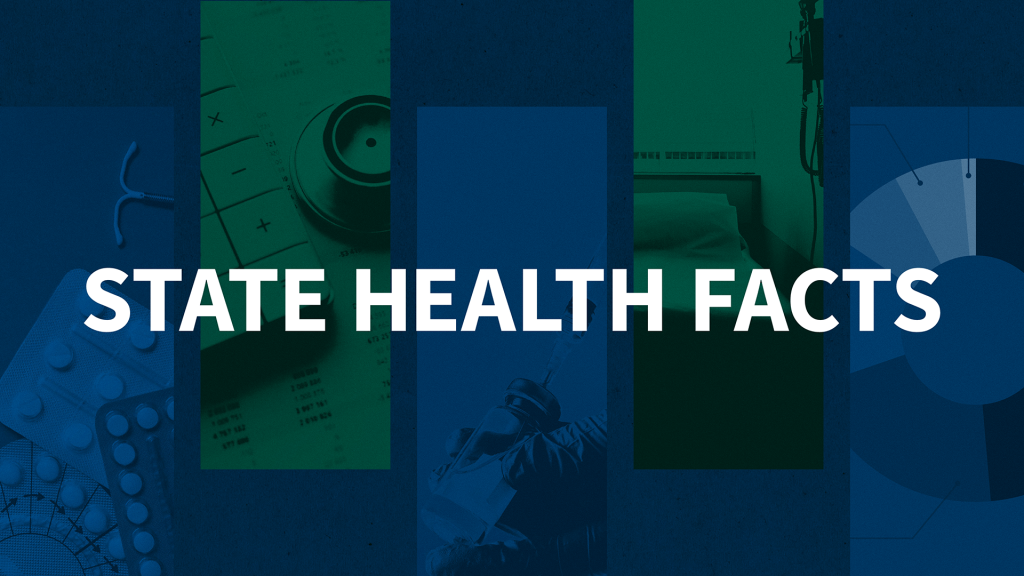A Study of Medicare Advantage Plan Networks in 20 Counties Finds That Plans Include About Half of All Hospitals in Their Area
A Kaiser Family Foundation analysis of private Medicare plan networks finds that Medicare Advantage plans include about half of area hospitals in their network, on average, while one in five plans have no Academic Medical Center in-network.
